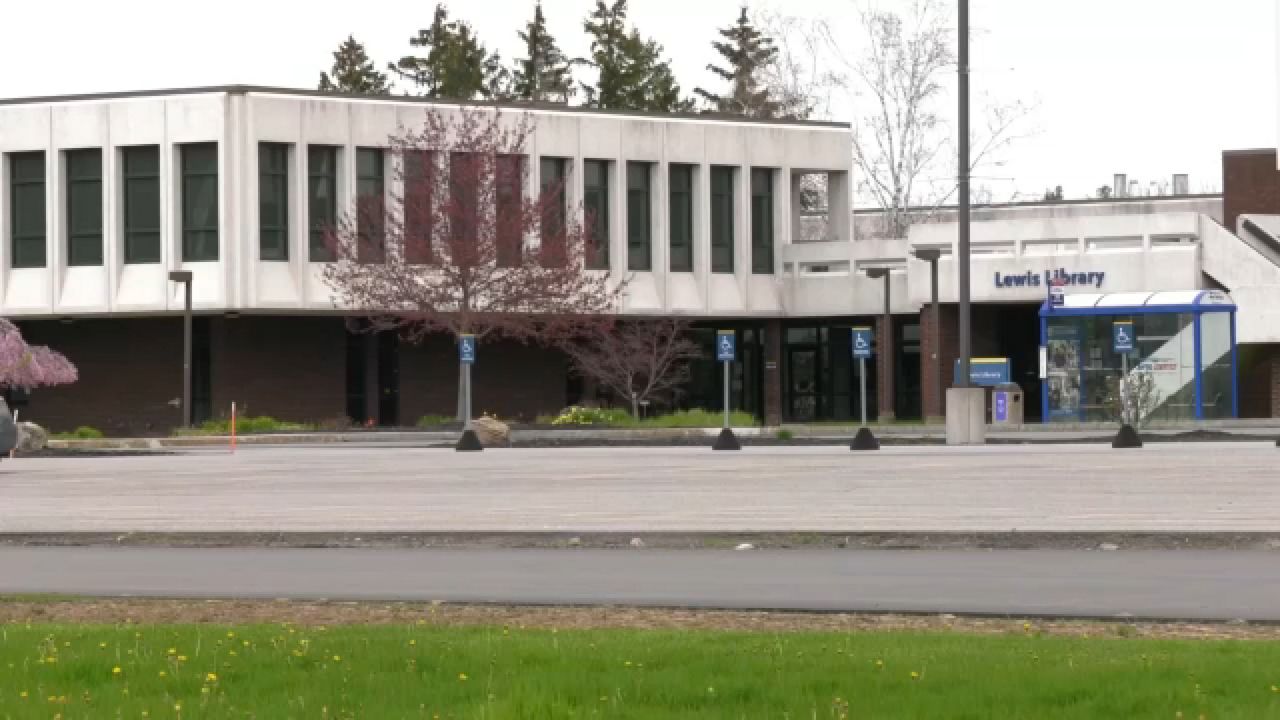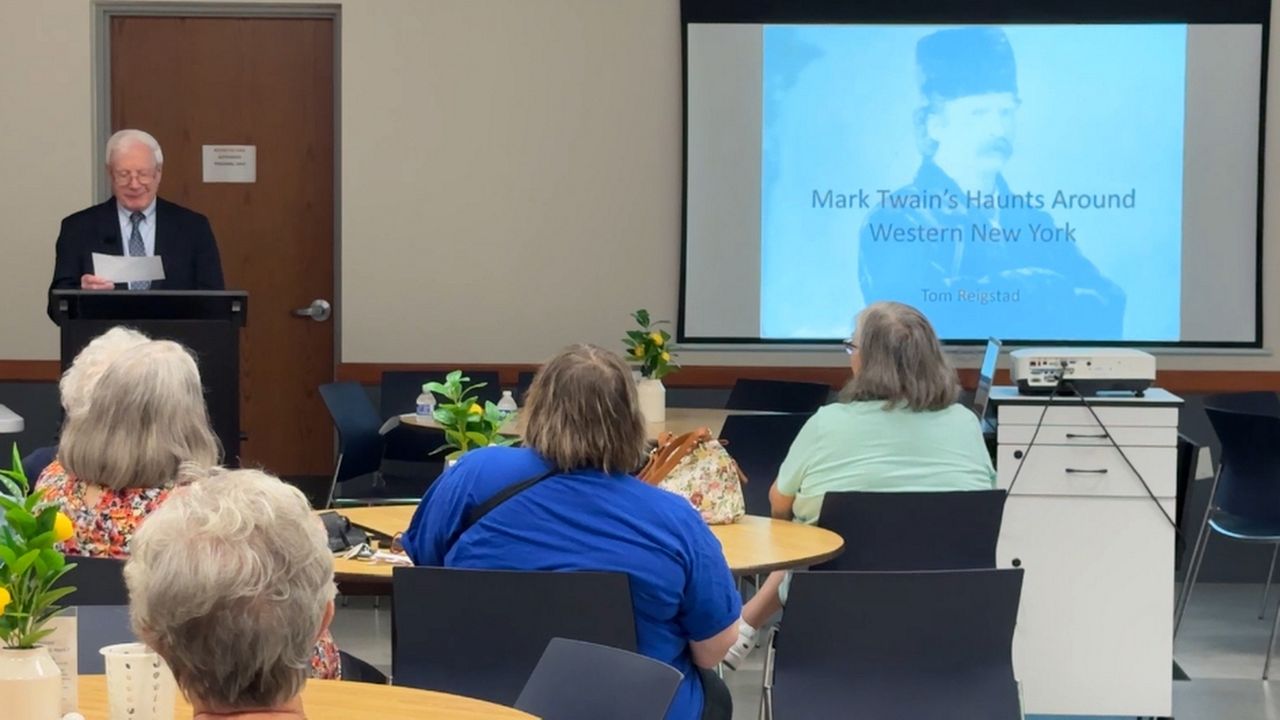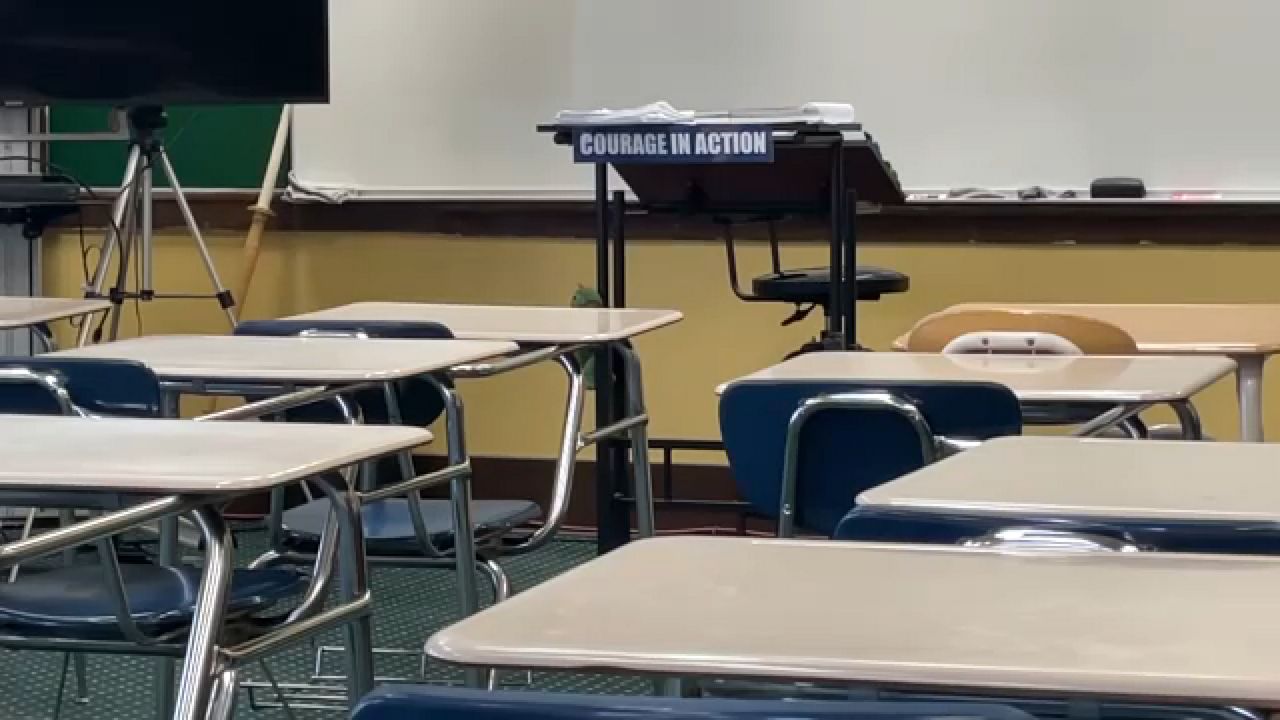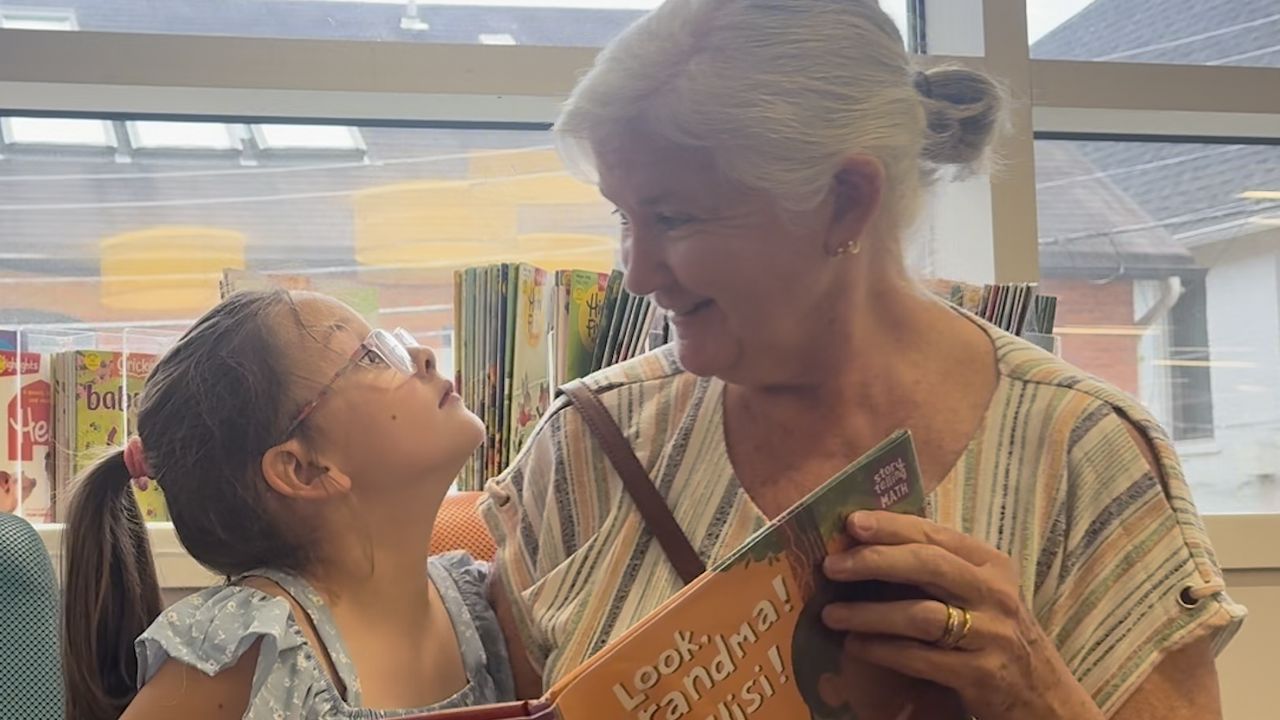Language often dictates what we value, the relationship we have with each other, and who we are, but when native speakers die out and the language hasn’t been passed on, it can leave a hole.
Learning any language comes with challenges. It’s even harder when that language is technically considered extinct.
“No, I would not consider myself fluent in it,” said Patricia Pineda, a Tuscarora language teacher.
“It's usually in class that I speak more Tusk than English,” said Patience Szynkowski, a sophomore at Niagara Wheatfield High School.
For students like Szynkowski, it’s an important part of their heritage.
“When the residential schools came, our elders were forced into them, so they lost a lot of their traditions and their language," she explained. "We're rebuilding it, and I'm glad I can be a part of it and help rebuild it.”
She’s taken Tuscarora language classes for eight years now.
“Any of the Haudenosaunee languages, they're really hard and specific and detailed without the connection to the Latin roots,” Pineda explained.
The difficulty means to revive this tongue, it’ll take more.
“How can we have this in the homes and get it past the school system,” asked Pineda.
That’s where a novel language immersion program comes in.
“We need adults who speak to each other who are also speaking to children,” said Lynette Printup, a community member who helped develop the community language program, which pays students to learn the language for 30 hours a week over 40 weeks.
“As a community, we're asking these adults to hold on to our language for us," Printup said. "You need to put your money where your mouth is.”
Following the roadmap set by the Six Nations in Canada, this could be a way to bring back not just Tuscarora, but many Native American languages on the cusp of disappearing.
“One generation, they're gone,” Printup said speaking about first-speakers of Tuscarora and many other Native American languages.
She is holding onto a dream that one day Tuscarora will thrive once again.
“It sings back the song of our people to us," she said. "I look at our language like it's a living thing and we feed it, we take care of it, we're taking care of and growing it, and takes a lot of work to grow something that big.”
Patricia says after she graduates, she wants to learn more about the Haudenosaunee language and culture in college, then potentially become a teacher herself, passing on the language not only to her family but students of the future.








